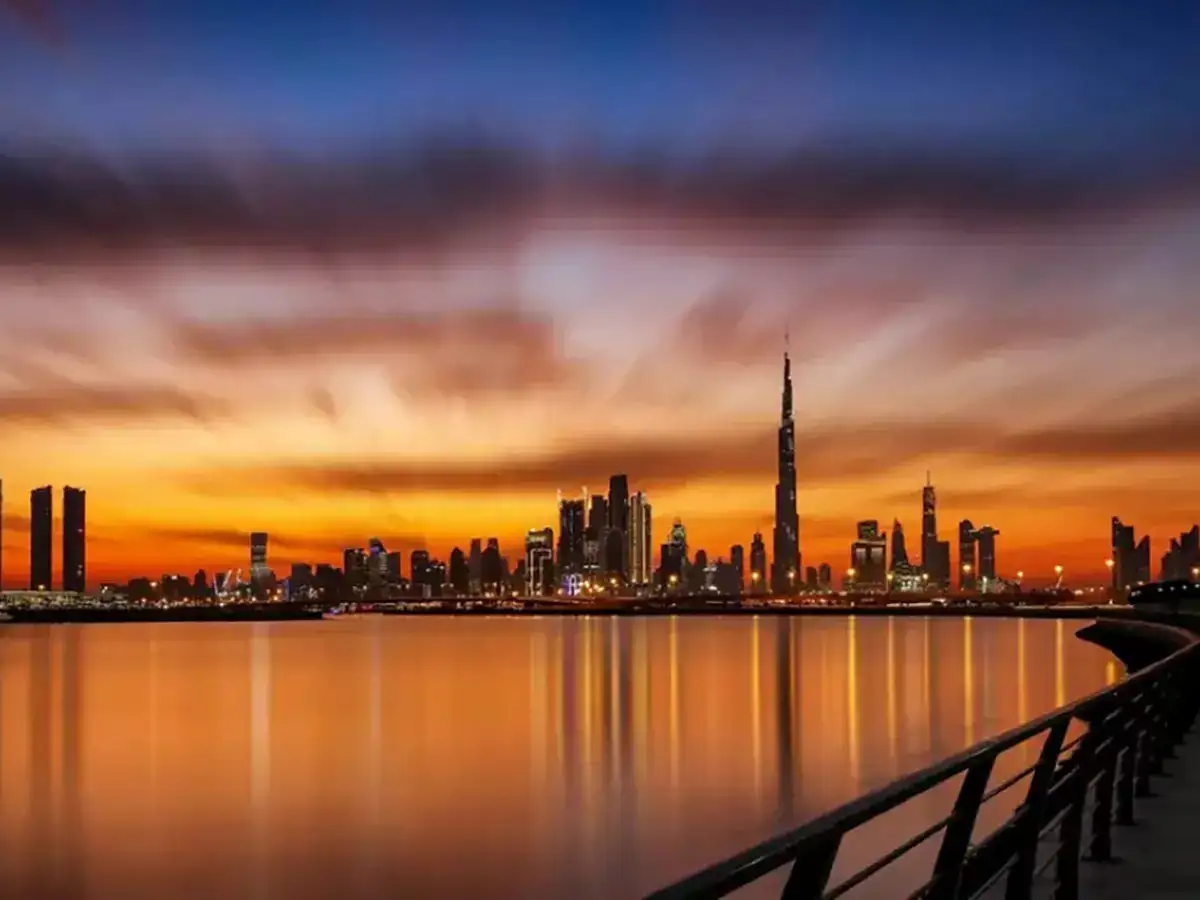Now Reading: City Smart Transportation Networks Are Changing Life in 2025
-
01
City Smart Transportation Networks Are Changing Life in 2025
City Smart Transportation Networks Are Changing Life in 2025

Table of Contents
A city’s growth and development heavily depend on its transportation network. In 2025, cities around the world are embracing smarter, more efficient transport systems to meet the demands of growing populations and changing lifestyles. From advanced metro railways to electric buses, improved road infrastructure to digital ride-hailing platforms, transportation City networks are becoming the backbone of urban progress.
Why Transportation Networks Matter

Transportation networks include roads, railways, airways, and waterways that help move people and goods. In cities, they affect how people live, work, and travel. A strong network reduces travel time, lowers pollution, supports the economy, and makes cities more liveable.
In countries like the UAE, Singapore, Germany, and the United States, transportation investments are being made to improve mobility and reduce congestion. Governments and private companies are working together to build smarter and greener systems for the future.
The Rise of Smart Mobility Solutions
One of the most exciting changes in transportation City is the move toward smart mobility. This includes electric vehicles (EVs), autonomous cars, AI-powered traffic control, and real-time travel apps. These solutions aim to make travel safer, faster, and more eco-friendly.
For example, Dubai has introduced driverless metro trains and electric taxis. The Roads and Transport Authority (RTA) plans to make 25% of all trips in the city smart and driverless by 2030. Similarly, European cities like Amsterdam and Copenhagen are encouraging cycling and electric public transport to reduce carbon emissions.
In India, the expansion of metro rail networks in cities like Mumbai, Bengaluru, and Delhi is easing the daily commute for millions. The integration of mobile apps like UPI-based ticketing, live train tracking, and last-mile connectivity has made travel smoother and more convenient.
Urban Traffic: A Major Challenge
Despite progress, many cities still face major transportation challenges. Traffic jams, air pollution, poor road conditions, and a lack of public transport options affect millions of people every day. This is especially true in developing countries, where city planning has not kept pace with population growth.
In response, city planners are focusing on building better infrastructure City. This includes more flyovers, wider roads, dedicated bus lanes, and traffic management systems. Governments are also investing in public transportation to reduce the number of private vehicles on the road.
For instance, Jakarta in Indonesia and Manila in the Philippines are expanding their bus rapid transit (BRT) systems to manage the heavy traffic flow. In Africa, Nairobi is developing its first modern commuter rail to connect the suburbs with the city center.
Digital Integration in Transport Systems
Technology is playing a huge role in improving transportation networks. Mobile apps for ride-sharing, route planning, and digital ticketing are now common in major cities. Google Maps, Uber, Careem, Ola, and local apps are making commuting more predictable.
Smart traffic lights, AI-based surveillance, and Internet of Things (IoT) sensors are being installed to monitor traffic and improve road safety. In some cities, drones are even used to monitor road conditions and guide emergency response teams during accidents.
5G technology and cloud computing are further helping transport City authorities manage data in real time, improving service and decision-making. These innovations allow authorities to predict traffic congestion, monitor vehicle movement, and guide commuters on the best routes.
Sustainable Transportation: A Global Priority
With climate change becoming a serious concern, many governments are promoting eco-friendly transport solutions. Cycling tracks, electric buses, and carpool lanes are gaining popularity. Cities like Oslo and Paris have already banned diesel cars in certain areas to reduce pollution.
Electric vehicles are being pushed with subsidies and the creation of charging infrastructure. Many car manufacturers are now offering electric and hybrid models as governments City aim to go green.
The UAE’s Etihad Rail, a massive freight and passenger rail project, is set to reduce road congestion and cut emissions. Similarly, India is working on a bullet train project between Mumbai and Ahmedabad, aimed at reducing flight and car travel between the two cities.
Challenges That Still Exist
While progress is promising, there are still hurdles. High costs, land acquisition problems, resistance to new technology, and lack of awareness among citizens can slow development. Moreover, rural areas and smaller towns often get left behind in terms of transport infrastructure.
To ensure equal progress, experts suggest a regional approach. Investments must be made not just in big cities but also in smaller towns and rural zones, where connectivity can unlock economic growth and job creation.
The Future of Transportation

Looking ahead, the future of transportation networks is likely to be multi-modal and interconnected. Imagine booking your metro, bus, and taxi ride through a single app, with real-time updates and digital payments. This is already becoming a reality in places like Singapore and Seoul.
Hyperloop technology, flying taxis, and AI-driven autonomous vehicles may seem futuristic today, but rapid innovation could make them common by the 2030s. Urban mobility hubs combining various modes of transport in one space are also emerging, designed to save time and space.
Conclusion
A strong, sustainable, and smart transportation network is the key to building cities of the future. It impacts health, economy, environment, and social wellbeing. While some regions are ahead in adopting new solutions, others are catching up fast.
As cities continue to grow and technology evolves, the demand for safer, faster, and greener transport options will only increase. By planning well and investing wisely, governments and private sectors can create transport networks that benefit everyone.
Read More:- Deyaar’s Latest Announcement Shakes Up the UAE Property Market






















